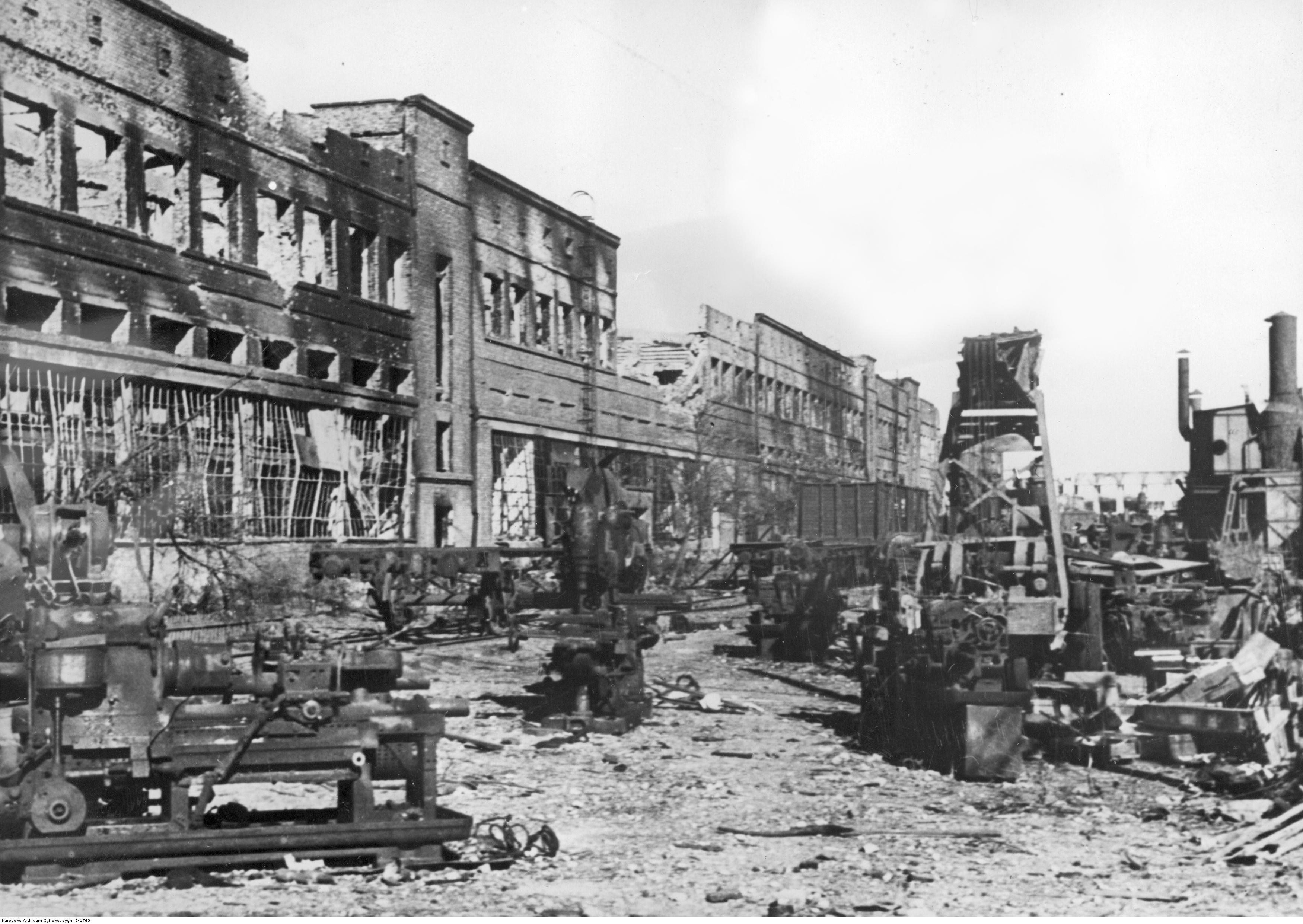When Was WW2?

Published on March 12, 2024
World War II, a global conflict that lasted from 1939 to 1945, is considered the deadliest and most widespread war in history. It involved the majority of the world's nations, including all of the great powers, eventually forming two opposing military alliances: the Allies and the Axis. The war led to significant changes in the political and social structure of the world, and its impact is still felt today.
Here are the facts:
-
The conflict's roots are traced back to the aftermath of World War I, particularly the Treaty of Versailles, which imposed harsh penalties on Germany. This created economic distress and a sense of injustice, facilitating the rise of Adolf Hitler and the Nazi Party.
-
The war officially began on September 1, 1939, with Germany's invasion of Poland, prompting Britain and France to declare war on Germany.
-
World War II quickly expanded beyond Europe; key moments include Germany's invasion of the Soviet Union in 1941 and Japan's attack on Pearl Harbor on December 7, 1941, which led the United States to enter the war.
-
Significant battles include the Battle of Stalingrad and the Battle of Midway, which were turning points in the war. The D-Day invasion on June 6, 1944, was crucial for opening a second front in Europe against Nazi Germany.
-
The war in Europe ended with Germany's surrender on May 8, 1945 (VE Day). The Pacific War concluded with Japan's surrender on September 2, 1945, after the atomic bombings of Hiroshima and Nagasaki.
-
The war was the deadliest conflict in history, with 70 to 85 million fatalities.
The origins of World War II can be traced back to the aftermath of World War I. The Treaty of Versailles, which ended the first World War, imposed harsh penalties on Germany, leading to economic distress and a sense of injustice among Germans. This environment facilitated the rise of Adolf Hitler and the Nazi Party, who promised to restore Germany's power. Meanwhile, in Asia, Japan sought to expand its empire, leading to conflicts with neighboring countries, including China. These tensions eventually culminated in a series of events that ignited the second World War.
The Beginning of World War II

World War II officially began on September 1, 1939, with the German invasion of Poland. This act of aggression prompted Britain and France to declare war on Germany two days later, on September 3, 1939. The war quickly spread, as Germany's blitzkrieg tactics led to the rapid conquest of much of Europe. In 1940, Denmark, Norway, Belgium, the Netherlands, and France fell to German forces. Meanwhile, Italy, under Benito Mussolini, joined the Axis powers and participated in the invasion of France.
In the East, the conflict had already been underway since July 7, 1937, with the Marco Polo Bridge Incident marking the beginning of full-scale war between Japan and China. However, it was the expansion of the European conflict that transformed these individual conflicts into a global war.
The War Expands

The year 1941 was pivotal in the expansion of World War II. On June 22, 1941, Germany launched Operation Barbarossa, the invasion of the Soviet Union, breaking the non-aggression pact between the two countries. This marked the beginning of the Eastern Front, which would become one of the most brutal theaters of war.
December 7, 1941, marked another critical turning point when Japan attacked the United States naval base at Pearl Harbor, Hawaii. This attack led the United States to formally enter the war on the side of the Allies. Subsequently, Germany and Italy declared war on the United States, solidifying the global nature of the conflict.
Major Battles and Turning Points

Several key battles and campaigns significantly influenced the outcome of World War II. The Battle of Stalingrad (July 17, 1942 – February 2, 1943) was a turning point on the Eastern Front. The Soviet victory halted the German advance into the Soviet Union and marked the beginning of the pushback against Germany.
In the Pacific, the Battle of Midway (June 4-7, 1942) was a decisive naval battle that shifted the balance of power, allowing the United States and its allies to take the offensive against Japan.
The D-Day invasion on June 6, 1944, was another critical moment. Allied forces landed on the beaches of Normandy, France, marking the beginning of the end for Nazi Germany. This successful operation opened a second front in Europe and paved the way for the liberation of Western Europe from Nazi occupation.
The Conclusion of World War II

World War II in Europe ended with the unconditional surrender of Germany on May 8, 1945, a date that is celebrated as Victory in Europe Day (VE Day). However, the war in the Pacific continued until August 15, 1945, when Japan announced its intention to surrender after the United States dropped atomic bombs on the cities of Hiroshima and Nagasaki. The formal surrender of Japan was signed on September 2, 1945, marking the official end of World War II.
World War II was a complex and multifaceted conflict that changed the course of history. It was marked by unprecedented levels of destruction and loss of life, with estimates of the total number of fatalities ranging from 70 to 85 million. The war also led to significant geopolitical changes, including the emergence of the United States and the Soviet Union as superpowers and the beginning of the Cold War. The creation of the United Nations in the aftermath of the war aimed to prevent such a global conflict from happening again. World War II not only reshaped the world politically and socially but also left an indelible mark on the collective memory of humanity.
Category: History